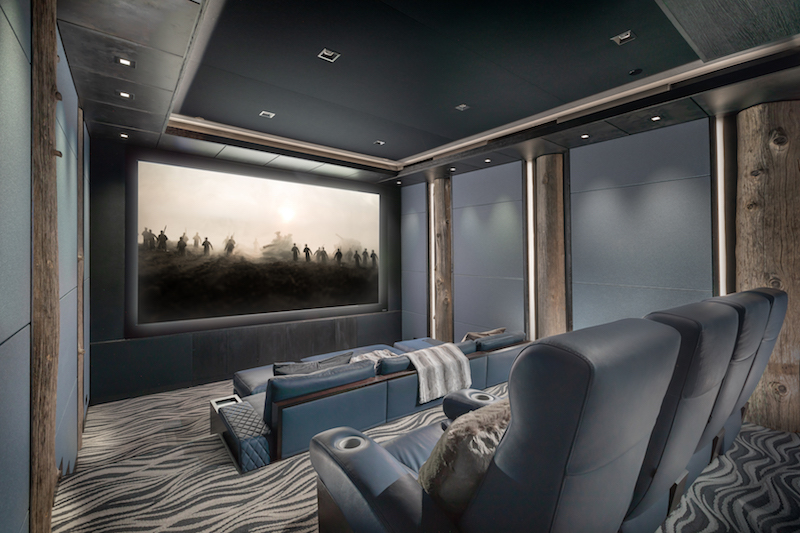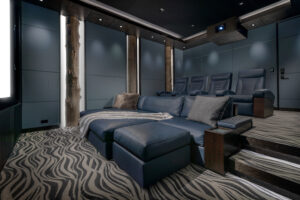A few years ago, a prospective client asked me why he should consider hiring us to engineer his private cinema room for high performance. He explained to me that he was adding this theater on the behest of his family (some of whom were in the film industry), but that he, himself, “didn’t know from average” when it came to audio and video quality.
Just as I was getting ready to hop on my technical and authoritative “high horse,” I stopped myself, recalling that a very nice wine cellar was being planned for the home.
“Sound is like fine wine,” I suggested. “When we first experience wine, we usually won’t know the difference between an average bottle and a very good one. But, as we continued to explore wines and learn to discern the attributes of our favorites, our enjoyment of wine grows.”
I asked, “Would you ever want to go back to that time when you did not know the difference?”
As we continued on with the project (we were hired), I would recommend acoustics and equipment, sometimes falling back in the habit of getting on my technical “high horse.” That’s when my client would stop me and say, “Sam, Is this the fine wine?”
Comparing Private Cinema Content to Fine Wine
People have things they love and pursue in their lives. Things that add vibrancy and joy to life. There are many such pursuits. Fine art, automobiles, fine wine… The wine analogy is of particular interest because along with the joy of the wine is the greater pleasure of a shared experience. This is why I often use the wine connoisseur and sommelier analogies in reference to what we should be attaining for private cinema. Experiencing a fine private cinema is a pleasure nonpareil that is amplified when shared with loved ones.
In a recent conversation with my good friend, Luc Guillaume, of Wisdom Audio, he pointed out, “I realized our industry keeps talking about the ‘bottle’ and how the ‘bottle’ is clearer in 4K and sharper with HDR and how much more immersive it is with more loudspeakers, but we need to be talking about the contents of the ‘bottle’ instead.”
How true! While it is vital that we engineer the rooms to perform and outfit them with systems to support that performance, without compelling and quality content, our labor is in vain. The sole purpose of these well engineered private cinemas with cutting-edge technology is to deliver the art – the film – to the audience as it was created, to achieve the experience that we all love and call “The Movies.” And, in light of recent events (pandemic and industry change alike), the conversation becomes even more vital.
Following up on the analogy, this article is all about the magic in the bottle: the content – the choices, the qualities, the changes, and the future. To get a diverse perspective, I have interviewed content providers and integrators representing varying perspectives and levels of access as well as a private cinema owner who is a self-proclaimed cinephile.
The objective is to illustrate that the quality of our private cinemas, the performance of our cinema systems, the quality of the content we provide and, most importantly, the experience itself, matters. Exquisite experiences like the movie theater experience are rare and fragile. Let’s not lose this one.
The Film Content Vineyard
If we were to think of the movies like it were a fine wine, then our journey might best begin at the vineyard. After all, this is where all of the work and artistry are accomplished that will result in our ultimate pleasure.
Gordan Stroud, owner of Digital Bel Air, an integration firm that specializes in outfitting and servicing private and professional digital cinema screening rooms. Stroud, who also has roots in the film industry, gave an example of how much effort and importance is attributed to the quality of the final result.
“In the studio environment where there would be several screening rooms on the lot,” Stroud noted, “they would take a film from the dubbing stage and set up a screening to see how it translated. The mixers, directors, and everybody would be present. I can’t tell you how many times it came down to, ‘I don’t hear it the way I did on the dubbing stage.’ Nuance that didn’t translate had to be reworked so that when the film reached the theater it was just right.”









